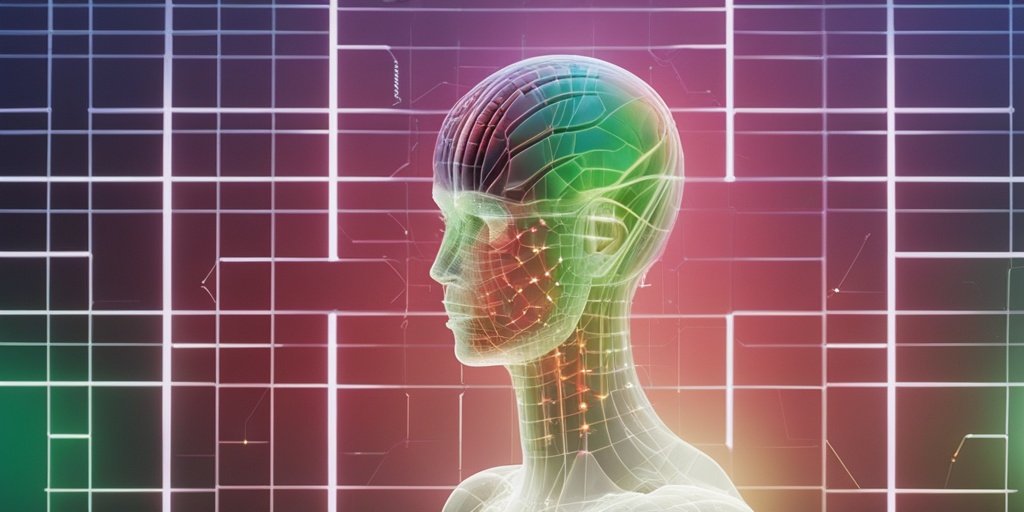⚡ Quick Summary
This study explored the intricate relationships between motor functions, brain structure, and cognitive functions in a cohort of 910 young adults, revealing that cardiorespiratory fitness and hand dexterity positively correlate with various measures of intelligence. Additionally, machine learning classifiers demonstrated potential in identifying individuals with below-average motor and cognitive functions.
🔍 Key Details
- 👥 Participants: 910 young adults aged 22-35 years
- 🧠 Focus Areas: Motor functions, brain structure, cognitive functions
- 📊 Methods: Linear mixed-effects models, mediation analyses, machine learning classifiers
- 🔍 Key Findings: Positive associations between motor functions and cognitive measures
🔑 Key Takeaways
- 💪 Cardiorespiratory fitness and hand dexterity are linked to fluid and crystallized intelligence.
- 🏃 Gait speed and handgrip strength correlate with specific cognitive functions like inhibitory control and flexibility.
- 🧩 Brain structures mediate the relationships between motor functions and cognitive performance.
- 🤖 Machine learning classifiers effectively distinguish between varying levels of motor functions.
- 🌐 Study conducted using data from the Human Connectome Project.
- 📈 FDR corrected p-values indicate significant findings (p < 0.05).
- 🔬 Implications for understanding cognitive health in young adults.

📚 Background
The relationship between motor functions and cognitive abilities has been well-documented in older populations, but less is known about younger adults. Understanding these connections can provide insights into cognitive health and development during early adulthood, a critical period for brain maturation and functional capacity.
🗒️ Study
This research utilized data from the Human Connectome Project, focusing on a large cohort of 910 young adults aged 22 to 35 years. The study aimed to investigate the associations between various motor functions—such as cardiorespiratory fitness, gait speed, hand dexterity, and handgrip strength—and cognitive functions, while also examining the underlying brain structures involved in these relationships.
📈 Results
The findings revealed that cardiorespiratory fitness and hand dexterity were positively associated with both fluid and crystallized intelligence. Furthermore, specific measures of fluid intelligence, including inhibitory control and spatial orientation, were correlated with gait speed and handgrip strength. Notably, the relationships were mediated by brain structures involved in the default mode, sensorimotor, and limbic networks, highlighting the complexity of body-mind interactions.
🌍 Impact and Implications
This study underscores the importance of maintaining motor functions for cognitive health in young adults. The use of machine learning classifiers presents a promising avenue for identifying individuals at risk of cognitive decline due to below-average motor performance. These insights could inform interventions aimed at enhancing both physical and cognitive health, ultimately contributing to improved quality of life.
🔮 Conclusion
The research provides compelling evidence that, similar to older adults, young adults also exhibit significant relationships between motor functions and cognitive abilities. The findings advocate for further exploration into how enhancing physical fitness can positively influence cognitive health, paving the way for innovative approaches in health psychology and rehabilitation.
💬 Your comments
What are your thoughts on the connections between motor functions and cognitive health in young adults? We invite you to share your insights and engage in a discussion! 💬 Leave your comments below or connect with us on social media:
Imaging body-mind crosstalk in young adults.
Abstract
OBJECTIVE: There is evidence that complex relationships exist between motor functions, brain structure, and cognitive functions, particularly in the aging population. However, whether such relationships observed in older adults could extend to other age groups (e.g., younger adults) remains to be elucidated. Thus, the current study addressed this gap in the literature by investigating potential associations between motor functions, brain structure, and cognitive functions in a large cohort of young adults.
METHODS: In the current study, data from 910 participants (22-35 yr) were retrieved from the Human Connectome Project. Interactions between motor functions (i.e., cardiorespiratory fitness, gait speed, hand dexterity, and handgrip strength), brain structure (i.e., cortical thickness, surface area, and subcortical volumes), and cognitive functions were examined using linear mixed-effects models and mediation analyses. The performance of different machine-learning classifiers to discriminate young adults at three different levels (related to each motor function) was compared.
RESULTS: Cardiorespiratory fitness and hand dexterity were positively associated with fluid and crystallized intelligence in young adults, whereas gait speed and handgrip strength were correlated with specific measures of fluid intelligence (e.g., inhibitory control, flexibility, sustained attention, and spatial orientation; false discovery rate [FDR] corrected, p < 0.05). The relationships between cardiorespiratory fitness and domains of cognitive function were mediated by surface area and cortical volume in regions involved in the default mode, sensorimotor, and limbic networks (FDR corrected, p < 0.05). Associations between handgrip strength and fluid intelligence were mediated by surface area and volume in regions involved in the salience and limbic networks (FDR corrected, p < 0.05). Four machine-learning classifiers with feature importance ranking were built to discriminate young adults with different levels of cardiorespiratory fitness (random forest), gait speed, hand dexterity (support vector machine with the radial kernel), and handgrip strength (artificial neural network).
CONCLUSIONS: In summary, similar to observations in older adults, the current study provides empirical evidence (i) that motor functions in young adults are positively related to specific measures of cognitive functions, and (ii) that such relationships are at least partially mediated by distinct brain structures. Furthermore, our analyses suggest that machine-learning classifier has a promising potential to be used as a classification tool and decision support for identifying populations with below-average motor and cognitive functions.
Author: [‘Yu Q’, ‘Kong Z’, ‘Zou L’, ‘Herold F’, ‘Ludyga S’, ‘Zhang Z’, ‘Hou M’, ‘Kramer AF’, ‘Erickson KI’, ‘Taubert M’, ‘Hillman CH’, ‘Mullen SP’, ‘Gerber M’, ‘Müller NG’, ‘Kamijo K’, ‘Ishihara T’, ‘Schinke R’, ‘Cheval B’, ‘McMorris T’, ‘Wong KK’, ‘Shi Q’, ‘Nie J’]
Journal: Int J Clin Health Psychol
Citation: Yu Q, et al. Imaging body-mind crosstalk in young adults. Imaging body-mind crosstalk in young adults. 2024; 24:100498. doi: 10.1016/j.ijchp.2024.100498